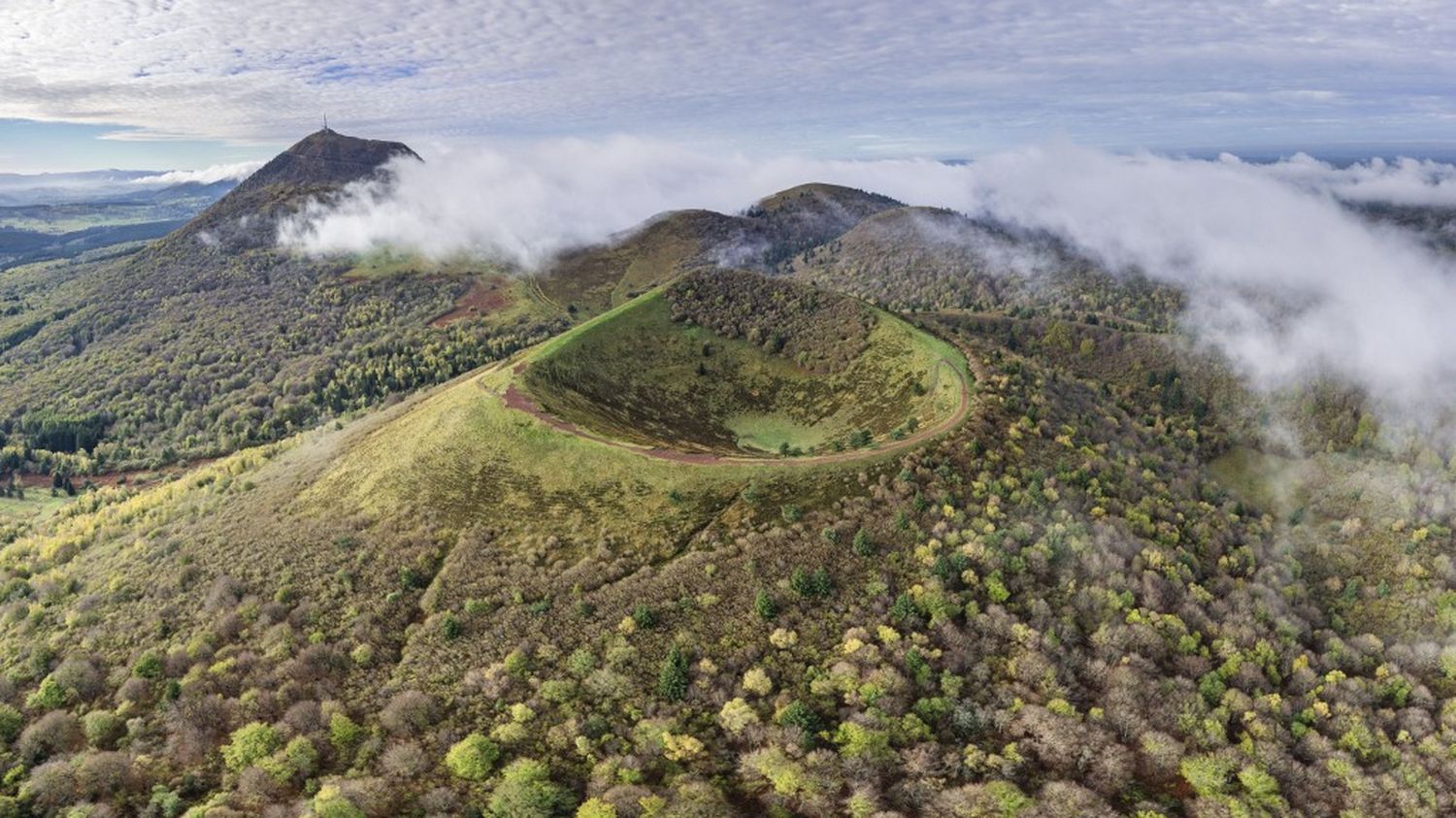Scientists analyzed samples taken from the atmospheric research station above the Puy de Dôme.
They travel with the wind, sometimes over very long distances. Antibiotic-resistant bacteria have been discovered in the clouds, reveals a Franco-Canadian study. “These bacteria usually live on leaves or in the soil”explained to AFP, Friday, April 28, Florent Rossi, main author of this study published in the journal Science of The Total Environment. “We discovered that they were carried by the wind into the atmosphere and could travel long distances, and even cross the globe at high altitude thanks to the clouds”, he adds.
To reach these conclusions, researchers from Laval University in Quebec and Clermont Auvergne University took samples using“vacuum cleanershigh-throughput samples in the clouds forming above Puy de Dôme, a dormant volcano in central France, between September 2019 and October 2021. From the atmospheric research station perched at 1,465 meters, scientists have analyzed these samples for antibiotic resistance genes.
“A major health issue” on a global scale
As a result, the clouds contained between 330 and more than 30,000 bacteria per milliliter of water, for an average of about 8,000 bacteria per milliliter. 29 antibiotic resistance gene subtypes have also been identified in bacteria. With the widespread use of antibiotics in health care but also in agriculture, this type of strain represents a “major health issue on a global scale”, says the study. On several occasions, world health authorities have highlighted the risks associated with these bacteria, which make the treatment of certain infections increasingly complex.
The study, however, offers no conclusions on the potential health effects of the airborne spread of bacteria carrying antibiotic resistance genes, estimating that only 5-50% of these organisms could be alive and potentially active. “The atmosphere is very harsh on bacteria, and most of the ones we found were environmental bacteria,” less likely to be harmful to humans, maintains Florent Rossi. “So there is nothing to be afraid of when walking in the rain”quips the researcher, adding that we “it is not known if these genes can be transmitted to other bacteria”.
In-depth atmospheric monitoring could, however, make it possible to locate where these bacteria come from and thus “limit their dispersion”, suggests the researcher, taking the example of wastewater analyzes aimed at detecting the presence of Covid-19 and other pathogens.
